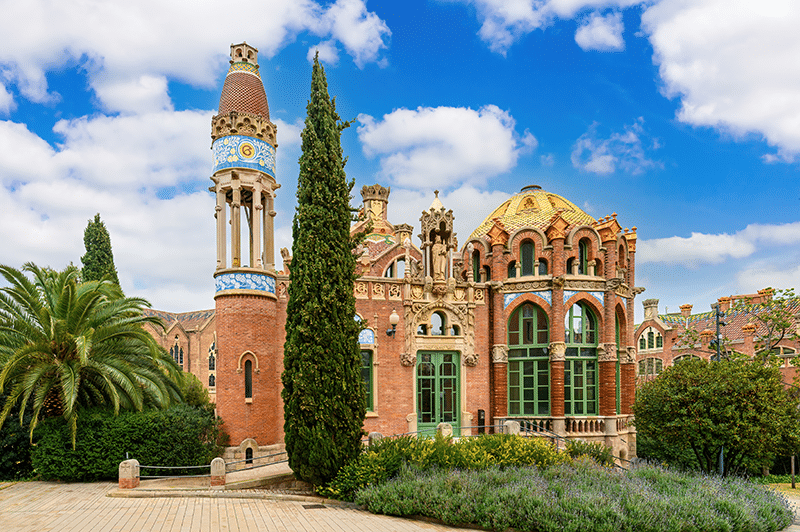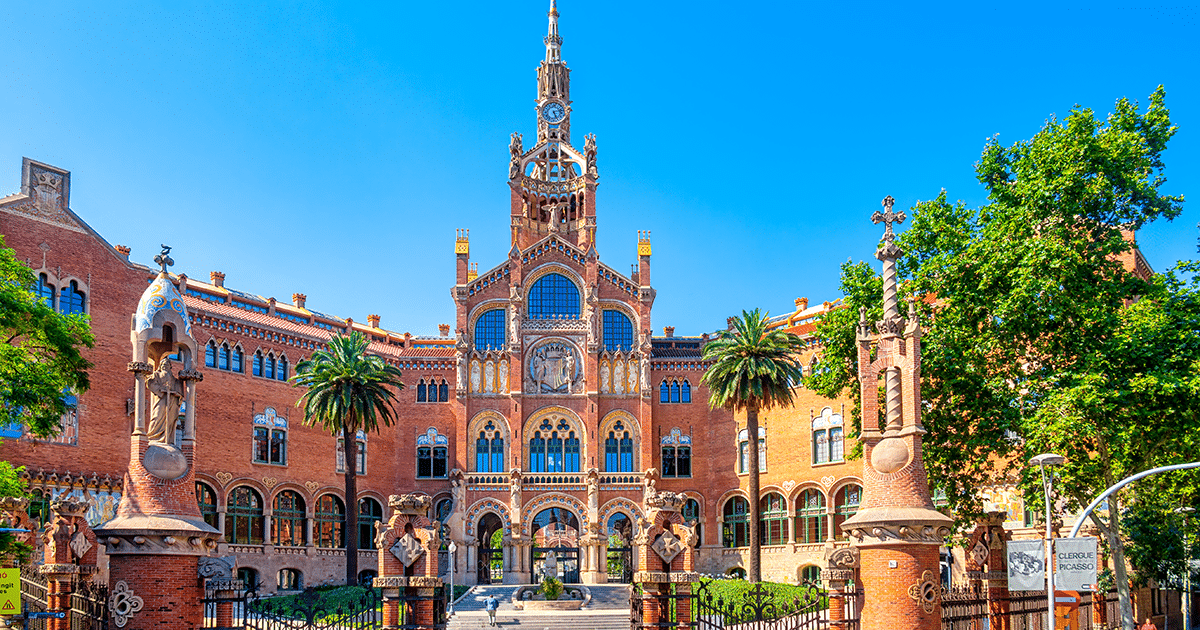Client
Hospital de la Santa Creu i Sant Pau Private Foundation
Scope
15 buildings of the Santa Creu i Sant Pau Art Nouveau Site, one of the largest modernist complexes in the world and a UNESCO World Heritage Site.
Sustainable refurbishment of a heritage site
The Art Nouveau complex that houses the Hospital de la Santa Creu i Sant Pau was restored between 2010 and 2014. In addition to recovering the original artistic and architectural elements, steps were also taken to adapt the space and infrastructure to make it fit for the future, including innovative measures to reduce energy costs. During the restoration, more than 140 utility meters (electricity, thermal mass flow, water) were installed in the different pavilions. After the renovation, it soon became clear that it was not easy to manage and gain insight into all this energy data. The problem was that there was no truly analytical tool available to keep track of the evolution of the numerous and detailed consumptions of all the buildings.
Download the case study
Energy intelligence to reduce consumption
With an annual consumption of 2,307,705 kWh, the main objective was to optimize the buildings’ energy consumption. One of the biggest problems for the Foundation was to determine where it could reduce or eliminate unnecessary or wasteful energy consumption, as well as to detect differences between buildings with similar activities and surface areas. In addition, the manual management of the 140 meters took a lot of time and resources. Furthermore, it was difficult to find the right analysis and visualization tools and compare readings.
How Spacewell Energy helped improve energy efficiency in these historic buildings
Spacewell Energy (Analyse) turned out to be the key to success. The platform enables the Foundation to collect accurate energy data in real-time and to visualize and analyze this data. It saves time and eliminates manual errors in meter readings. And it provides up-to-the-minute data with pinpoint accuracy.
A significant amount of work was done to pull the data from 140 meters of various brands and models. Once the appropriate parameters and conversion factors were accurately configured, the platform detected discrepancies in performance between areas that should be operating similarly. As a result, protocols or schedules have been modified and the behavior of buildings has been homogenized.
The solution has also been useful in detecting excessive consumption at times or in spaces that should have lower levels of consumption, as well as in getting historical consumption data to compare and improve the energy efficiency in the site’s historic buildings. Several installations with faults or leaks have been identified and repaired to reduce unnecessary consumption, for example, water leaking from pipes.

Historic buildings and improving energy efficiency: the potential is clear by looking at these results
All of this has led to an immediate and tangible reduction in consumption and therefore to financial savings of €76,000 in just the first half of the year, equivalent to a decrease of 28% in energy costs compared to the previous year. The analysis of energy performance made it possible to reduce expenses in non-essential areas, optimize consumption at night and on weekends, and turn off equipment whose operation was unnecessary.

I believe that the Spacewell Energy (Dexma) platform more than meets the objectives and results expected for this type of application. It is simple to operate and very intuitive, while also offering a very understandable and fast visualization of the data.
Agustí Grau i Franquesaevic
Engineering and Works Director









